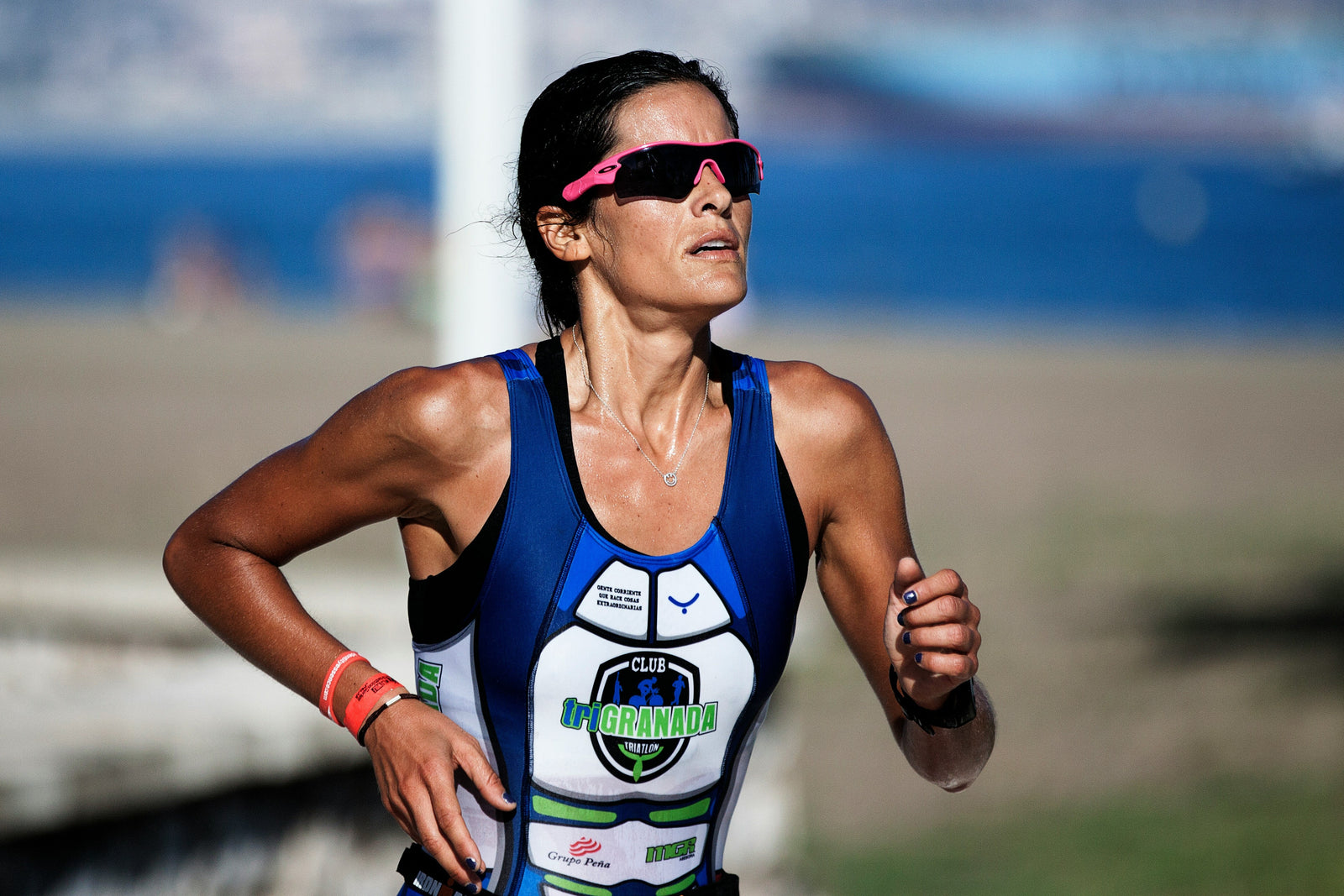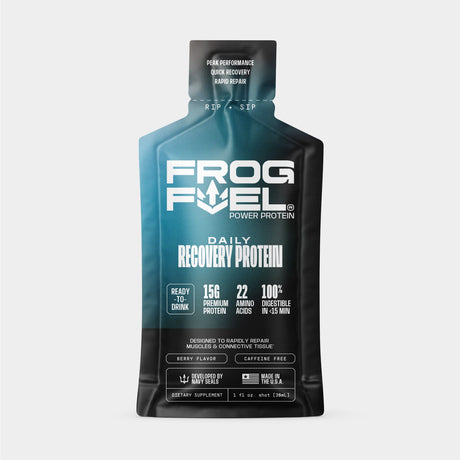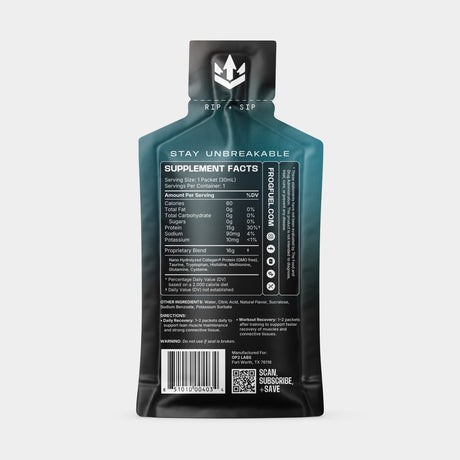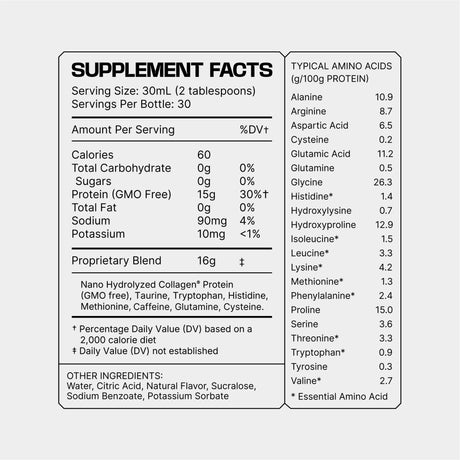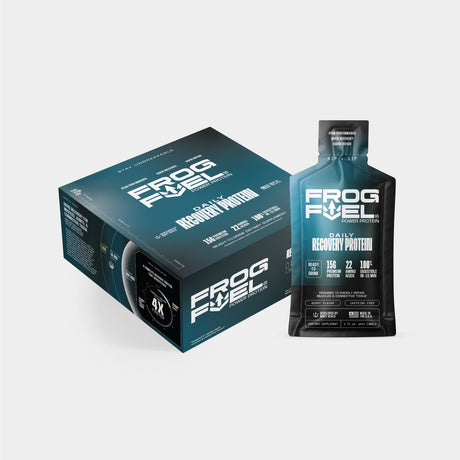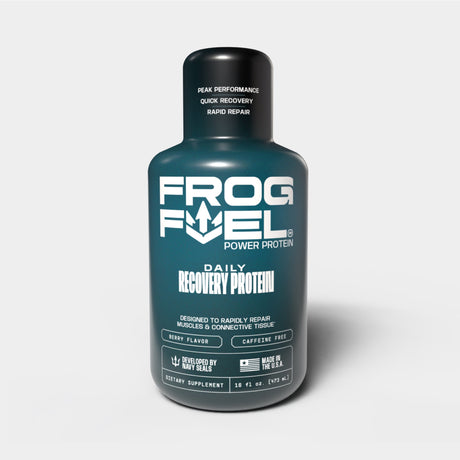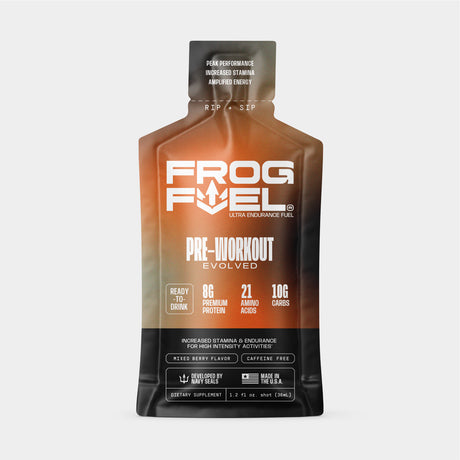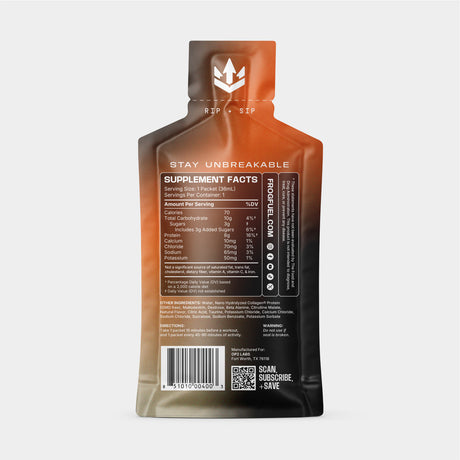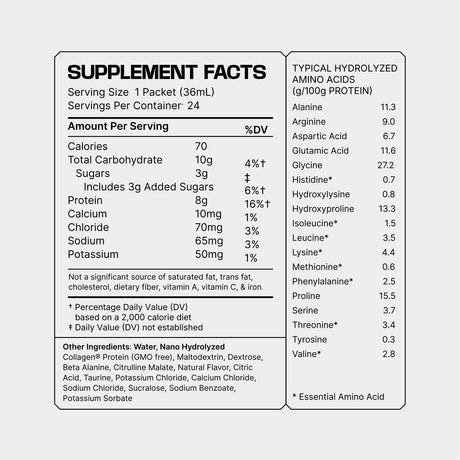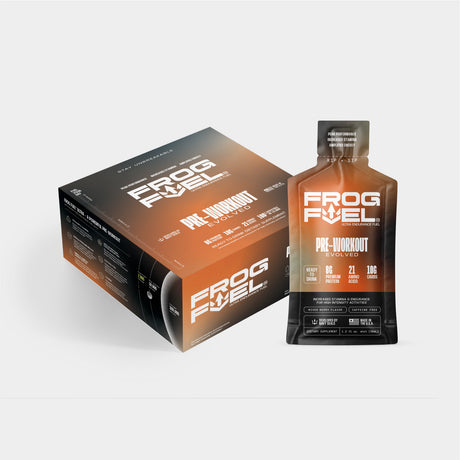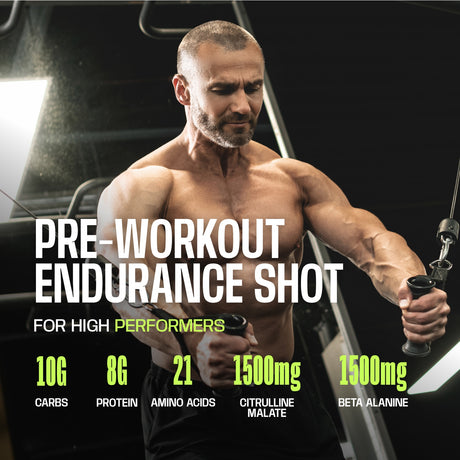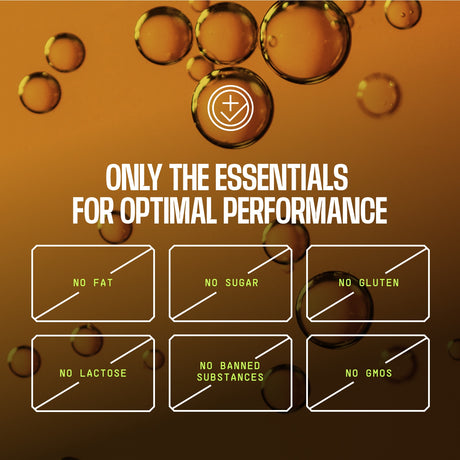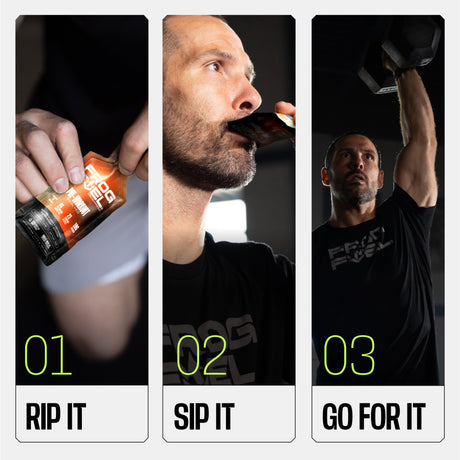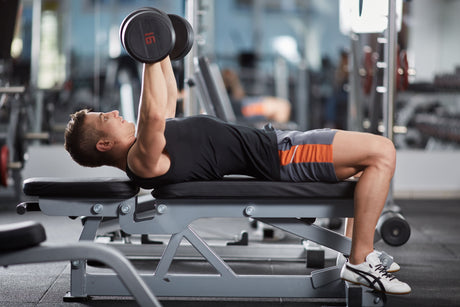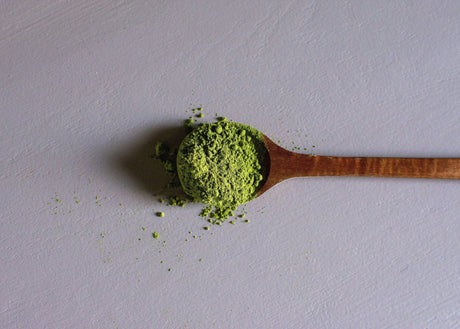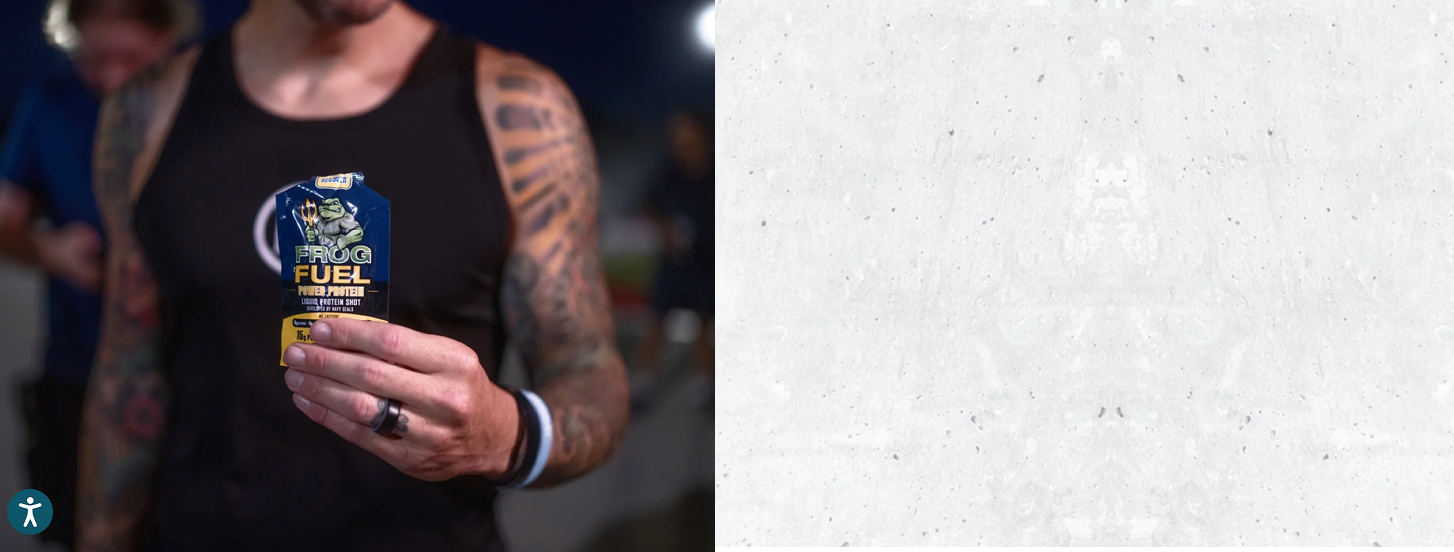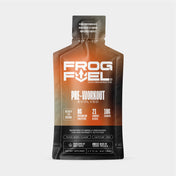Whether you’ve recently started running or you're a marathon veteran, sometimes your knees give you trouble. Knowing how to prevent knee pain when running requires an understanding of how the knee works, and common types of knee injuries.
Is that just part of being a runner, or is it possible to prevent that pain?
Knee pain while running is common, but it’s not always simple to understand.
Let’s start by zooming in on the knee joint.
The anatomy of the knee joint
The knee joint works like a hinge, allowing a specific range of movement to stretch and bend the leg so we can sit, squat, walk, jump, or run.
Part of understanding how to prevent knee pain when running is understanding which part of your knee is taking strain. There are a variety of components that make up the knee joint:
-
Bones like the tibia, femur, or patella (kneecap) provide rigid strength.
-
Cartilage is collagen-rich shock-absorbing tissue that stops bones from coming into direct contact.
-
Muscles like the hamstring and quadriceps, can contract and relax to allow movement.
-
Tendons are collagen-rich connective tissue that links muscles to bones.
- Ligaments are collagen-rich connective tissue that links bones together.

Image source: Professor Adrian Wilson
When we exercise, the physical motion causes a strain on our muscles, tendons, and ligaments. The individual protein cells are precisely woven together in a strong collagen matrix, but the cells themselves need to be replenished with new collagen protein over time.
In essence, this is why we feel sore after exercising. Our body is hard at work replenishing damaged protein cells in our muscles, tendons, and ligaments.
So how does it do this?
How does the body take care of itself?
Often, with regular intense exercise, the body is stimulated to add more protein (and in particular, collagen protein) to a muscular area of the body. As a result, we become stronger. This explains why you build muscle when you are in a routine of working out.
Feeling sore during or after a workout is normal, but as exercise breaks down the existing protein, what’s left behind now takes on a larger proportion of the physical strain. This creates a vicious cycle because connective tissue is more likely to cause serious injury if it’s suddenly doing more work than it’s used to.
When your body is in a constant cycle of recovery, paying attention to signals from the body, like knee pain while running, is important. Taking a break at the right time can prevent you from pushing too far and causing a serious injury as a result.
Unfortunately, we aren’t always the best at listening to our body’s signals, and sometimes, we don’t receive the signals until it’s too late. Part of making a plan for how to prevent knee pain when running is watching for any extra soreness, not just sudden pain.
You may have heard people talking about “runner’s knee,” and this is the most common cause of having your knees hurt when running.
But there are many different types of runner’s knee since it’s simply the name for the overall pain – not the specific condition. There are many parts of the knee and if any one of those parts isn’t functioning properly, that can make your knees hurt when running.
So what is “runner’s knee” pain exactly? And what role does it play in your plan for how to prevent knee pain when running?

Different types of runner’s knee
Like any other condition, the best solution for how to prevent knee pain when running depends on the specific condition you’re dealing with.
There are a few types of runner’s knee that may make your knees hurt when running, and you’ll want to follow up with your doctor for a diagnosis and any specialized treatment you may need.

Chondromalacia Patella (CMP)
CMP is a chronic condition that causes the cartilage in your knee to break down. This can make your knees hurt when running.
CMP may be caused by an overuse of the knee, alignment problems, injury, or simply aging. Pain will be particularly acute when going up or down stairs or when sitting with your knees bent for long periods.
Options for preventing knee pain caused by CMP include strengthening your core and hip flexors or using shoe inserts to correct high arches or flat feet.

Patellar Tendonitis (tendinopathy)
This version of knee pain is sometimes called jumper’s knee. If you overstress your patellar tendon, it will cause your knees to hurt while running or jumping. It may also cause stiffness and a loss of strength in the knee.
You’ll have to take it slow when planning out how to prevent knee pain when running if you have tendinopathy. Your doctor may recommend training with a physical therapist to strengthen the tendon and prevent reinjury.

IT band syndrome (ITBS)
Your iliotibial (IT) band is the name for a tendon that connects your knee to your hip. Overstretching or overusing this tendon puts a strain on its ability to effectively stabilize your knee and posture.
If the side of your knees hurts when running, then it may be because this band has tightened too much and has become irritated or inflamed.
Treatment for ITBS can include using a foam roller to relax the tendon and working to improve your posture and cadence. Like many other tips for how to prevent knee pain when running, exercises to improve posture may be recommended while working with a physical therapist.

ACL and PCL injuries
If swelling or a popping noise accompanies the feeling that your knees hurt when running, then pause your exercise and pay close attention to your knees.
One of the most important things you can do in your plan for how to prevent knee pain when running is to stop when you feel any sudden or intense pain.
ACL and PCL tears are most likely to take place if you stop suddenly, or if you change direction. You will probably feel your knee give way from under you because the knee has lost its stability and overall structural integrity. These injuries may need surgery and definitely need medical attention as soon as possible.

Kneecap Bursitis
The cushioning sacks between bone and soft tissue in the front of your kneecap can become inflamed. This swelling in a cramped area adds unwanted pressure to your other knee parts. Reducing this friction is key in how to prevent knee pain when running, especially if you’re a distance runner.
Kneecap bursitis is more of a concern for athletes with repetitive movements, since the longer the friction continues, the worse the damage gets. Muscle tightness or a sudden physical injury can also bring on this added swelling. This swelling would certainly result in knee pain while running.

Kneecap Subluxation
It is possible that the patella can be pulled to the side or dislocated entirely from its position over the knee joint. This is one of the more instantly identifiable versions of “runner’s knee.” This happens because the supporting tissues can be stretched or even torn as a result of the subluxation.
As well as the pain, there will be swelling and a popping sensation. When it comes to how to prevent knee pain when running from kneecap subluxation, the key word is prevention.
Strengthening your quadriceps and thighs can help prevent kneecap subluxation by taking the strain off your kneecaps and putting it on larger, tougher muscles.

Medial Meniscus tear
Cartilage tears in your knee joint on the inside of your knee are another common form of a runner’s knee. Learning how to prevent knee pain when running caused by a medial meniscus tear is tougher because it’s one of the forms of runner’s knee that can simply be caused by age.
The most likely cause of a meniscus tear is twisting your knee when your foot is on the ground. However, it can also occur through a direct impact in the case of a contact sport.
Even when neither of those is the case, cartilage degradation caused by age can also manifest as a medial meniscus tear.

Plica syndrome
The plica refers to a fold of soft inner lining in the knee joint. It can be more prominent in some athletes than others. If this lining of the knee joint is irritated or inflamed this will cause knee pain.
Plica syndrome is most often aggravated through repeated bending and straightening of the knee. Running in particular can cause plica syndrome because of the requirement for repetitive motions in the legs.
Stretching to improve your flexibility is one of the best options for how to prevent knee pain when running caused by plica syndrome.

Knee stress fracture
Another potential cause of “runner’s knee” is a stress fracture. A stress fracture is more likely to occur when a runner takes on an unfamiliar surface, uses unsuitable equipment, or pushes their training too far.
Taking rest days, warming up, and running on softer surfaces can be your best tools for how to prevent knee pain when running caused by a stress fracture.
How can a runner’s knee be diagnosed?
If you visit your medical professional saying that your knees hurt when running, the most powerful diagnosis tool is a full physical examination of the knees and potentially an x-ray. You may be recommended to a physiotherapist who will give you targeted exercises to work the knee back to good health.
Once you have a diagnosis, your treatment plan can vary greatly. There are some at-home tips for how to prevent knee pain when running, but make sure to notify your doctor and/or physical therapist about any changes to your exercise and care routine.
9 tips on how to prevent knee pain when running
Time is the most important factor in healing.
Effective healing can be summed up as giving your body the resources it needs to help piece itself back together – in the case of knees, that’s often collagen. That’s why it’s one of the preferred supplements for endurance athletes because it helps you exercise for longer and recover faster, as well as protecting you against injury.
But your body needs more than just raw materials, it needs time and rest. While your body is healing, managing pain is crucial. Here are a few at-home options for how to prevent knee pain when running – even while you’re still resting up.

1. Use RICE for injuries and inflammation
RICE stands for rest, ice, compression, and elevation. It’s an old standby, and it’s helpful for most knee injuries.
Rest is one of the top tips on how to prevent knee pain when running, not just taking a break from exercise, but taking any extra weight off your knee.
Icing for 20-30 minutes every 3-4 hours for two or three days can reduce swelling and pain, while compression provides extra support. Talk with your doctor about what kind of bandage or brace will provide the best compression for you.
Elevating your leg on a pillow when you sit or lie down discourages a buildup of blood in that area and provides a level of pain relief. Make sure that your leg is in an elevated position while you’re resting – ideally above your heart level.
2. Take medication
If needed, NSAIDs can provide pain relief. These are best used sparingly on “bad days” when pain relief is most necessary. This is because these medications can put you at a higher risk of bleeding and ulcers and can lose effectiveness over time.
Medication can be part of how to prevent knee pain when running, but your medical professional is the best person to ask about which medication you can take, and what the dosage should be. As well as advising about over-the-counter medication, they may prescribe stronger medication for more severe knee troubles.

3. Try a TENS machine
TENS stands for “transcutaneous electrical nerve stimulation”, and it may be part of your plan for how to prevent knee pain when running. TENS machines may be helpful during physical therapy since they’re more helpful in reducing pain short term.
TENS machines can be a helpful addition or alternative to NSAIDs or RICE, but be sure to talk with a doctor before starting treatment.
4. Stretch
The hamstring and the quadriceps function best when kept in good condition. Stretching allows muscles to build flexibility over time gradually and prepares them to face the demands of exercise.
Your doctor can refer you to a physiotherapist who can provide a regimen of gradual mobility and training exercises for your joints. Like good resting habits, stretching properly is also high on the list of tips on how to prevent knee pain when running.

5. Strengthen
Strengthening exercises and cross-training can play a huge role in how to prevent knee pain when running. Even when you can’t get out for a run, strengthening and cross-training can build muscle in areas that might not get that attention.
On a normal run, for instance, you aren’t necessarily strengthening your core muscles. Your core muscles are crucial for the posture and movements needed to avoid knee pain while running, so you’ll want to be sure they get attention!
Strengthening your core and leg muscles will make a big difference in your overall run.
6. Invest in good-quality footwear
The fastest way to ruin your knees when running is by wearing incorrect footwear. If your knees hurt when running, you should check to see if your running shoes are suitable for you. Arch supports or orthodontics are options to consider.
Proper running shoes also lose their strength and support over time. Regularly replacing your shoes is one of the easiest tips for how to prevent knee pain when running. You might even notice a change right away!
7. Follow nutritional guidelines
Your diet plays a large role in the overall health of your body, and your knees are no different. Ensuring you eat a balanced, nutrient-dense diet can go a long way to helping you if your knees hurt when running. As such, it’s important to follow nutrition tips for runners.
This includes getting a healthy amount of macronutrients – like carbohydrates – and micronutrients – like iron.
Speak with your doctor or a registered dietitian about your specific nutritional needs for the best help in how to prevent knee pain when running by sticking to a healthy diet.
8. Stay hydrated
Hydrating is important during a run, but it’s also important before and after your workouts. Staying hydrated allows your body to easily move the materials it needs to repair damaged tissue. And giving your body what it needs is the cornerstone of how to prevent knee pain when running!

9. Use a collagen protein supplement
One of the best supplements you can add to your routine is collagen. Collagen protein is the body’s building block of choice when providing tensile strength to ligaments and connective tissue. It’s a crucial piece in the puzzle of healing.
Why do athletes take collagen? Remember, a central part of your plan for how to prevent knee pain when running is giving your body what it needs. Every part of your knee uses collagen. Some tissues, like tendons, are made up of more than 80% collagen.
When choosing your collagen supplement, you want to look for hydrolyzed collagen. What is hydrolyzed collagen? It’s collagen that has been broken down into smaller, more bioavailable pieces so your body can make use of all the benefits of collagen for your knees.
Eliminating knee pain while running
Every athlete experiences joint and muscle pain from time to time. Putting together a plan for how to prevent knee pain when running often starts with your technique and training schedule. When you’re noticing knee pain, visiting a doctor to diagnose the cause is key to finding the best treatment options.
The RICE method, proper stretching and strengthening, a balanced diet, and taking a daily hydrolyzed liquid collagen supplement can all help prevent or significantly reduce your knee pain while running. And without pain, you’ll be free to chase your next personal best.
